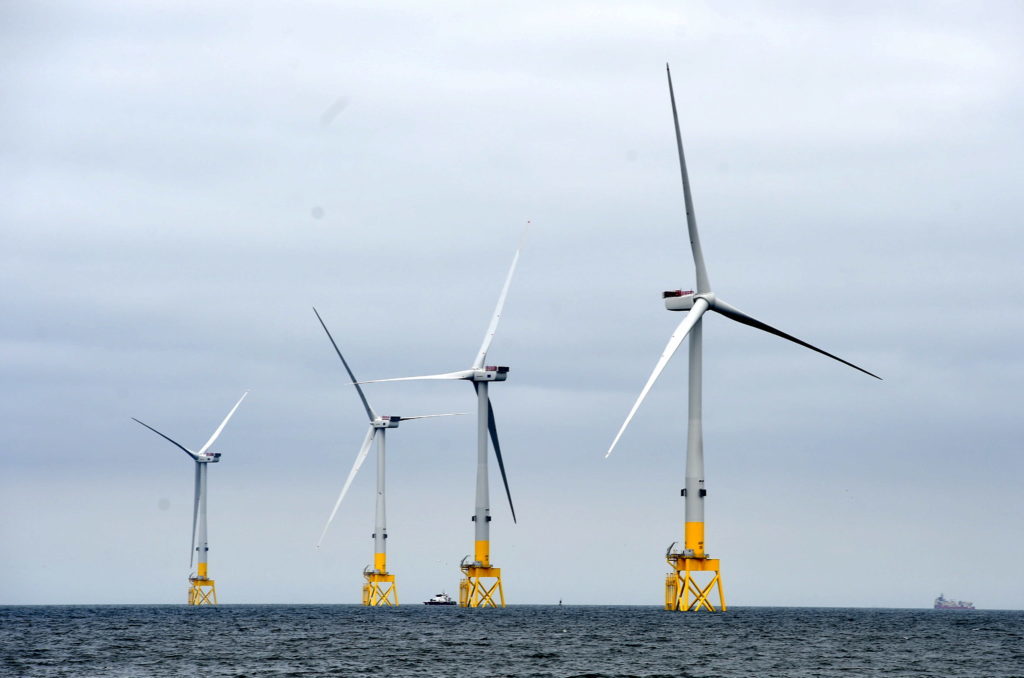
Renewables can generate half of Britain’s power by 2030 without adding to consumer bills, potentially crowding out nuclear as a significant low carbon source of electricity.
That’s the conclusion of the National Infrastructure Committee, an independent body that advises government on how to meet the country’s long-term needs for large construction projects. It recommended the government should make 50 percent a minimum target for 2030 up from 30 percent now. It said taxpayers should only support one more nuclear power station before 2025.
The recommendation is a blow to companies like Electricite de France SA and Hitachi Ltd., which are both planning large nuclear projects in Britain. In June, the U.K. said it was considering whether to take an equity stake in a 20 billion-pound ($27 billion) nuclear project in Wales led by Hitachi. After it builds Hinkley Point C, EDF has plans to build more reactors at Sizewell and Bradwell.
The committee “cautions against a rush to agree government support for multiple new nuclear power stations,” the commission said in the report released on Tuesday. By not supporting too many nuclear projects the government can “give flexibility to move towards newer low-carbon energy sources in future.”
The government recently confirmed the importance of nuclear power in its Nuclear Sector Deal which pointed to the need to reduce the cost of new build projects.
EDF “believes this can be achieved at our proposed new power station, Sizewell C. With lower costs, nuclear should play a bigger role in the future energy mix than is suggested by today’s NIC report,” the company said in a statement.
Lost-cost renewables will only be possible if the right decisions are taken now by government, such as continuing to invest in wind and solar, ramping up efforts to improve the energy efficiency of the U.K.’s buildings and enabling a rapid switch to electric vehicles, NIC chairman John Armitt said in the report.
Recommended for you
